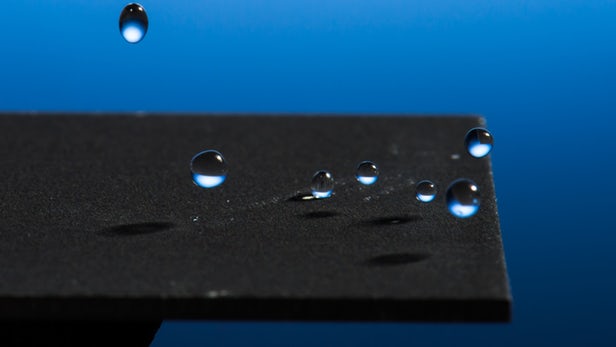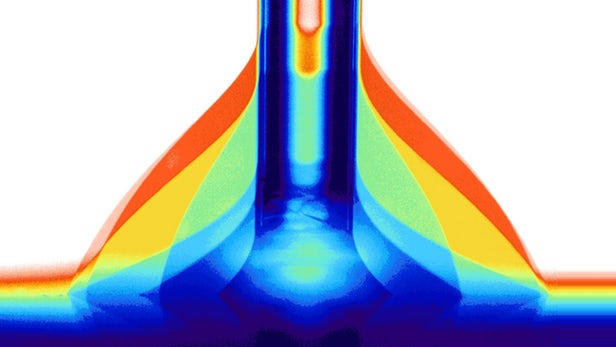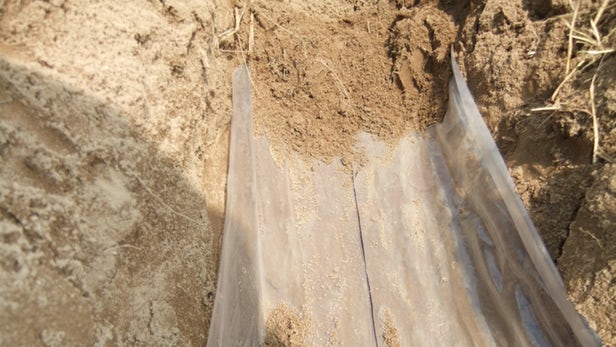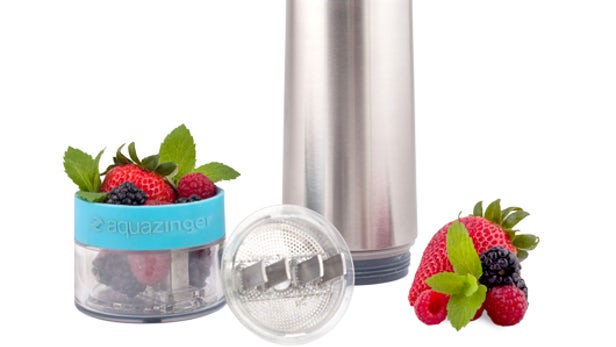With the help of very high-power laser beams, researchers at the University of Rochester have created micro and nanostructures that turn metals black and make their surfaces very easy to keep clean and dry. The advance could help prevent icing and rust, collect heat more effectively and perhaps even translate to other materials, leading to water-repelling electronics.
 There are many super-hydrophobic coatings out there that can quickly and effectively repel water and other liquids to keep metals rust-free and t-shirtspristine. The problem, however, is that they rely on chemicals that can eventually wear off and leave the underlying material at the mercy of the elements.
There are many super-hydrophobic coatings out there that can quickly and effectively repel water and other liquids to keep metals rust-free and t-shirtspristine. The problem, however, is that they rely on chemicals that can eventually wear off and leave the underlying material at the mercy of the elements.
Professor Chunlei Guo and colleagues at the University of Rochester have found a way to treat metals so that they themselves become permanently averse to water, or super-hydrophobic. They have achieved this with the help of femtosecond lasers, which shoot extremely high-power pulses over a very short time (a femtosecond is a millionth of a billionth of a second). The power is high enough to engrave micro and nanoscale structures into the metal and change its properties at the surface. Read more





